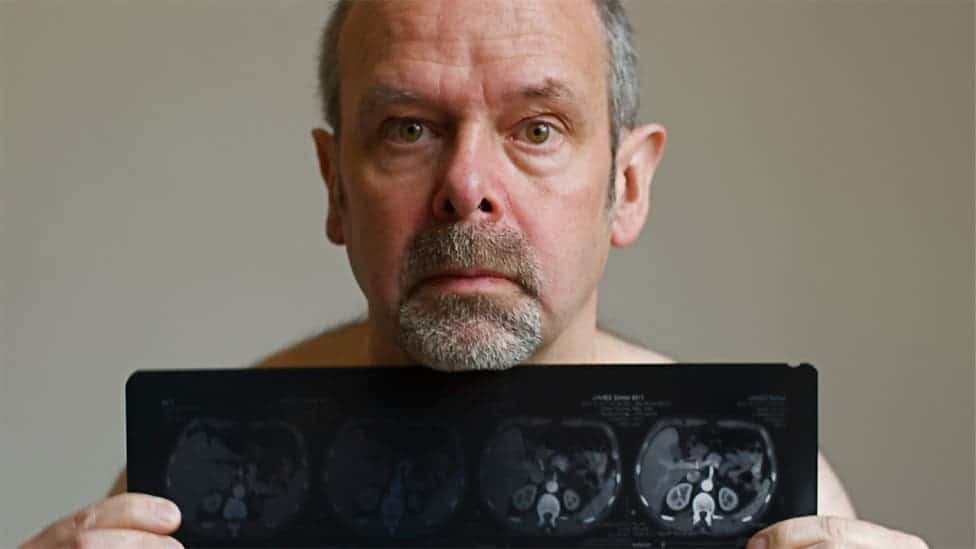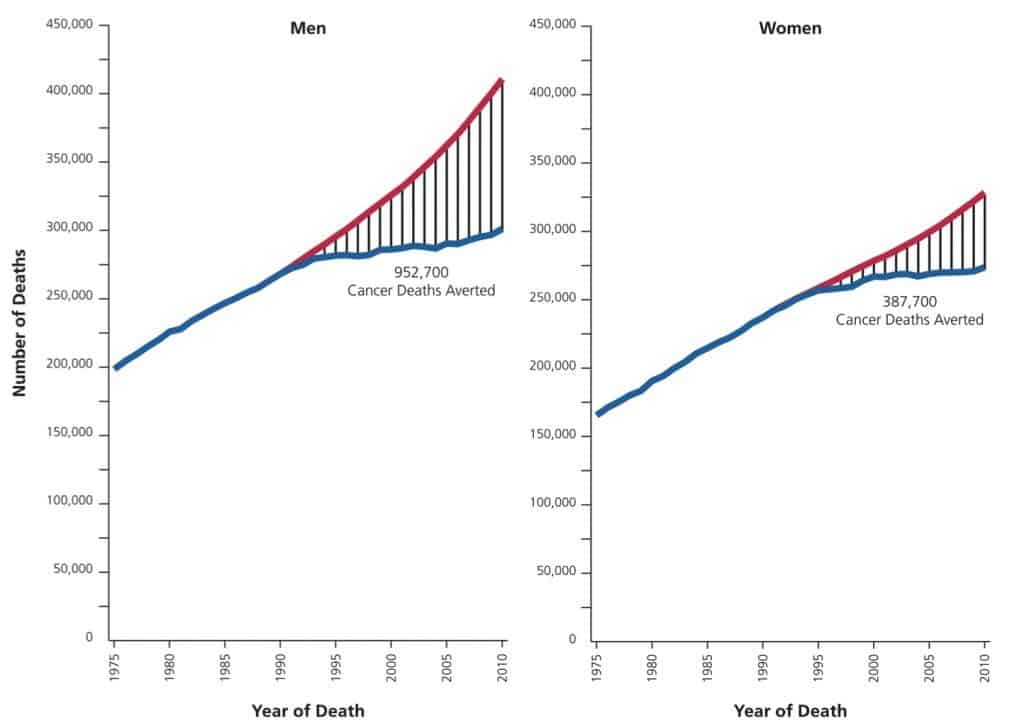Some people tend to believe that today’s society is excessively being eaten up by cancer, which is true to a certain degree. A lot more people are dying of cancer today than 100 years ago, but not because of GMO foods or chemtrails. The main reason people are dying of cancer is old age. In 1900, the average American lifespan was 46.3 years for males and 48.3 years for females, yet by 2010 life expectancy was 76.2 years for men and 81.1 years for women. During the same time frame, cancer has moved from the #8 position on the main cause of death list to #2, hence the confusion that some people experience. We have technology and medicine to thank for blacklisting pneumonia/influenza, tuberculosis, and gastrointestinal infections which were the top 3 leading causes of death in 1900, but how are we fairing in the war against cancer?

Here on ZME Science, we’ve written hundreds of articles about the most recent developments and treatments in cancer research. Still a ravaging disease that killed 8.2 million people worldwide in 2012, cancer as it stands now seems to be on the retreat. Nearly 14.5 million Americans with a history of cancer were alive on January 1, 2014. Of these, 64% were diagnosed 5 or more years ago, and 15% were diagnosed 20 or more years ago. Almost half (45%) of cancer survivors are 70 years of age or older, while only 5% are younger than 40 years. Clearly, these stats show that we’re slowly winning against cancer.
These two graphs, however, may be the most revealing bits to highlight this idea. Published in a paper in the journal CA: Cancer Journal for Clinicians, the graphs show how early detection, preventative measures, improved treatment and other measures have helped reduce cancer mortality rate a peak of 215 deaths per 100,000 people in 1991 to 172 deaths per 100,000 people in 2010. The red line shows how many people should have died by today if the trendline up to 1991 was to remain intact. Instead, we see the cancer mortality rate has steadily fallen, and will likely stabilize unless there’s a huge breakthrough.

Indeed, survival rates are still horrifyingly low but the gist is that we’re going somewhere and all of these painstaking efforts to fight cancer are paying off. Who knows what 100 years from now might look like.


